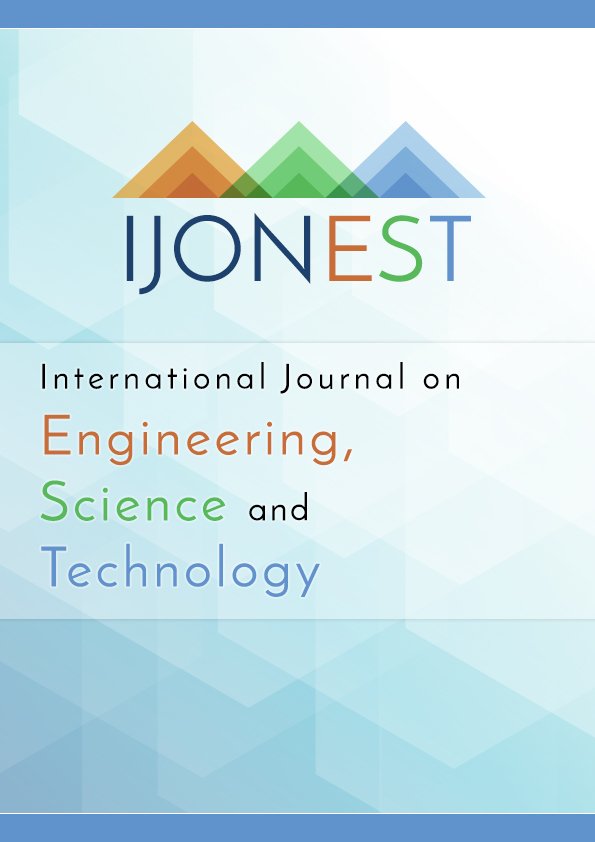Modulation of Photoactive Nanocomposite Cu Doped SnO2 Anchored on G-C3N4 Polymeric Sheets by Green Synthesis and Degradation of Dye Malachite Green
DOI:
https://doi.org/10.46328/ijonest.201Keywords:
Kinetic study, Nanostructures, Photodegradation, Semiconductor Nanocomposite, Waste Water Treatment.Abstract
Wastewater containing harmful dyes such as Malachite green poses a significant environmental challenge because of its high levels of carcinogenicity, mutagenicity, and toxicity. To address this issue, we developed a photocatalyst consisting of Cu doped SnO2 nanocomposite supported onto g-C3N4 using green synthesis method with the assistance of Murraya paniculata leaves extract. To know about the structural, morphological chemical composition of the synthesized heterojunction several techniques of characterization techniques were employed such as XPS, XRD, BET, HRTEM, FESEM, EDAX and UV-Vis spectra. XRD results shows the spherical shape of the particles with the mean grain size of 2.18 and 2.14 nm for Cu doped SnO2 and Cu doped SnO2/g-C3N4 respectively. HRTEM results reveal that the fabricated Cu doped SnO2 shows formation of very small size spherical nanoparticles. The heterojunction Cu doped SnO2/g-C3N4 showed 2-D sheeted structure of g-C3N4 which acts as a translucent layer that captured sphere shaped Cu doped SnO2 NPs. The XPS analysis verifies the existence of Sn, Cu, O, C and N in the synthesized heterojunction. The UV-Visible spectra helped to demonstrate the effective inhibition of plasmonic exciton annihilation within the heterojunction nanocomposite. When exposed to solar light, the designed nanocomposite heterojunction exhibited superior photocatalytic activity in the degradation of MG compared to undoped g-C3N4 and Cu doped SnO2 binary nanocomposite. Radical scavenging studies indicated that •O2– radicals were the principle species accountable for the degradation of MG by the nanocomposite heterojunction. The dye MG photodegraded with pseudo-first order kinetics. The excellent photocatalytic performance and recyclability of nanocomposite can be attributed to its greater surface area, improved separation efficiency of excited e--h+ pairs and superior absorption of visible light.Downloads
Published
Issue
Section
License
Articles may be used for research, teaching, and private study purposes. Authors alone are responsible for the contents of their articles. The journal owns the copyright of the articles. The publisher shall not be liable for any loss, actions, claims, proceedings, demand, or costs or damages whatsoever or howsoever caused arising directly or indirectly in connection with or arising out of the use of the research material.
The author(s) of a manuscript agree that if the manuscript is accepted for publication in the International Journal on Engineering, Science and Technology (IJonEST), the published article will be copyrighted using a Creative Commons “Attribution 4.0 International” license. This license allows others to freely copy, distribute, and display the copyrighted work, and derivative works based upon it, under certain specified conditions.
Authors are responsible for obtaining written permission to include any images or artwork for which they do not hold copyright in their articles, or to adapt any such images or artwork for inclusion in their articles. The copyright holder must be made explicitly aware that the image(s) or artwork will be made freely available online as part of the article under a Creative Commons “Attribution 4.0 International” license.

This work is licensed under a Creative Commons Attribution-NonCommercial-ShareAlike 4.0 International License.





